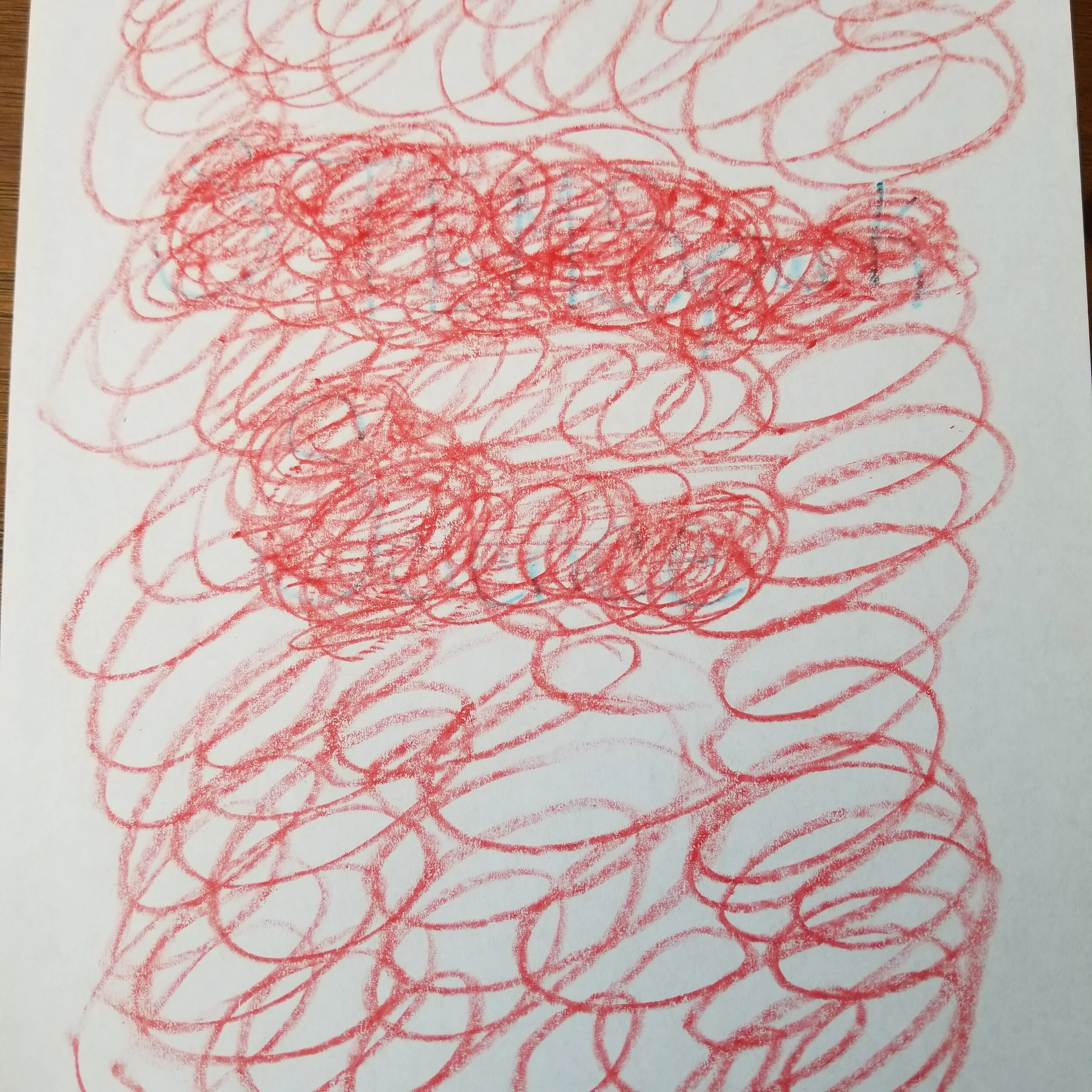Scribble Optics
In this activity, we are going to explore the science of optics!
Materials:
A red crayon
A blue crayon
3-D glasses/ colored plastic-wrap/ color evaluator
Activity #3 worksheet
Directions:
On the worksheet, write a secret message in the blue crayon
Using the red crayon, scribble all over the secret message until you can't read it anymore
Put on the 3-D glasses and close your eye.
Open the eye on the blue side, what do you see?
Close that eye and open the eye on the red side, what do you see.
Write the secret message in the box below
Repeat with different colored crayons to see which combination works best!
Examining the Experiment:
The human eyes are amazing. We have trichromatic vision, which means that our eyes have receptors for three colors, red, yellow and blue. These receptors also allow us to see a wide range of colors by firing at different rates for each color. For example, if only looking at a red picture, only the red receptors will be sending signals to the brain, but if we see a purple picture, both red and blue receptors send signals to our brain.
In this activity, without the help of a color filter, the red scribbles obscure the blue crayon. That’s because the red is the predominant color. We see hints of blue in it, but not enough for our brains to see letters unless we focus really hard. When we look through the color filter, the red crayon blends into the red hue. Our eyes see the red hue, but filters it out of perception like background noise. Now our eyes (and brains!) can detect the secret message!
Science Extension: Color Theory
In this experiment, we used two primary colors, red and blue, but what would happen if you used two “hot colors” like red and yellow, or if you used a color that has red as part of its composition like orange or purple?
Repeat this secret message experiment with the red crayon, but pair it with a variety of different colors. Which colors were the easiest to see with the red filter? Which were the hardest?



